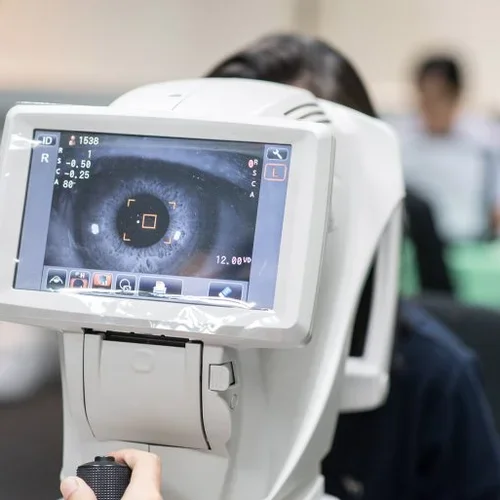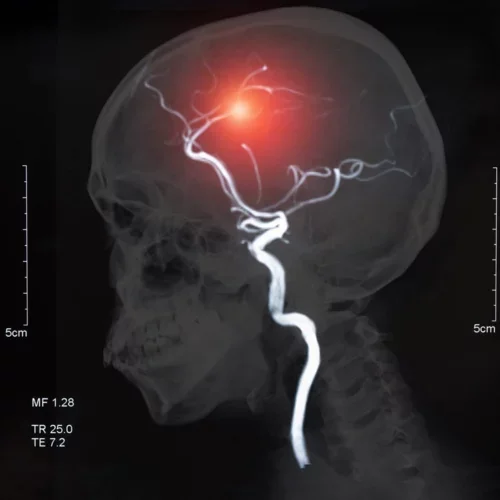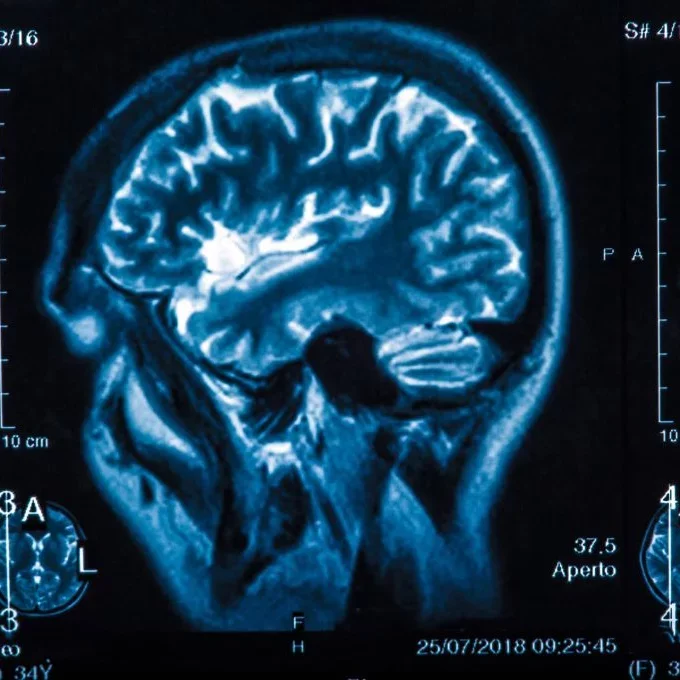Past Projects
Completed Projects

Colorectal Cancer (CRC)
Colorectal cancer (CRC) affects 147,950 Americans annually, causing over 53,200 deaths. Screening and removing precancerous polyps reduce CRC incidence and mortality. High-risk neoplasia (HRN) affects one million Americans yearly, increasing CRC risk.

Chatbots for cascade screening
Cascade genetic testing (CGT) is a valuable strategy for identifying individuals at risk for hereditary cancer syndromes (HCS) and implementing cancer prevention measures. Despite the life-saving potential of sharing such information and encouraging screening, less than 30% of eligible relatives ultimately undergo CGT. Current methods rely on patients to inform their relatives directly, but this approach is often ineffective.

Understanding Chronic Kidney Disease
Significant health disparities exist in chronic kidney disease (CKD), CKD progression, and end stage renal disease (ESRD) in ethnically diverse populations. African Americans (AAs) have approximately 25% higher prevalence of CKD, and 3x higher rates of ESRD compared to their counterparts.

Predicting CRRT Response
Continuous renal replacement therapy (CRRT) is a form of dialysis prescribed to severely ill patients who cannot tolerate regular hemodialysis. However, as the patients are typically very ill to begin with, there is always uncertainty whether they will survive during or after CRRT treatment. Because of outcome uncertainty, a large percentage of patients treated with CRRT do not survive, utilizing scarce resources and raising false hope in patients and their families.

Understanding Stroke
Stroke is a leading cause of mortality and morbidity in the United States, with approximately 795,000 Americans experiencing a new or recurrent stroke each year. Intravenous tissue plasminogen activator (IV tPA) is the dominant and most proven treatment option, but its use is only indicated within 4.5 hours following a stroke. Unfortunately, up to 30% of stroke patients present with an unknown time since stroke (TSS) symptom onset, which makes them ineligible to receive IV tPA. Many of these individuals could be spared severe morbidity or mortality if there existed an alternative method for establishing TSS, allowing them to be identified and treated.

Digital Phenotyping for Mental Health
These projects advance mental health research through large-scale data integration and digital phenotyping. They include biobanking and genetic studies in underrepresented populations, algorithmic analysis of administrative data to assess crisis interventions, and wearable-based monitoring to detect depression and anxiety—collectively aiming to reduce disparities and improve outcomes for individuals with serious mental illness.

Using mHealth to Assess Heart Failure Treatment
Heart failure is a debilitating disease that affects over five million people in the United States and in 2012 had a direct cost of over $30.7 billion annually. Home monitoring of such patients has the potential to reduce costs and improve quality of life by reducing preventable hospital readmissions. The goals of this project are to: 1) demonstrate that patients are adherent to a home monitoring regimen when using minimally-invasive monitoring technologies; 2) combine the minimally-invasive home monitoring regimen with predictive algorithms to forecast hospital readmission; 3) develop models using electronic health record (EHR) data and a baseline survey to predict levels of adherence to the home monitoring regimen; and 4) explore the pragmatic feasibility of using a mobile app for communicating with patients in a prospective pilot study.

Preventing Diabetic Retinopathy
Diabetic retinopathy is the leading cause of blindness among US adults ages 20-74. Yearly retinal screening examinations are a potent tool in the battle to reduce the incidence of blindness from diabetic retinopathy as they provide patients with timely diagnoses and consequently, the potential for timely treatment.

Advancing mHealth Informatics
The Los Angeles (LA) PRISMS Center aims to be the leader in the development and application of mobile health (mHealth) technologies that deepen our scientific understanding and clinical management of diseases. Bringing together leading experts from UCLA and the University of Southern California (USC) in biomedical informatics, computer science, wireless health, environmental health science, and pediatrics, this Center supports innovative end-to-end software infrastructure for sensor-based health monitoring.

CDS for Indeterminate Pulmonary Nodules
The rollout of low-dose computed tomography (LDCT) lung screening programs is accelerating in the United States, aiming for earlier detection of lung cancer to improve long-term survival. However, a consequence of such imaging programs is the increased discovery of indeterminate pulmonary nodules (IPNs). Significant questions remain around the effective management of screen- and incidentally-detected IPNs: while many are benign, a fraction will go on to become cancerous.

Improving Prostate Cancer Diagnosis
Prostate cancer is the second leading cause of cancer death in American men, accounting for 26% of new cancer diagnoses and 9% of cancer deaths in men. Active surveillance, radical prostatectomy and radiotherapy are commonly used treatments for clinically localized prostate cancer. However, current risk stratification methods cannot be used effectively to avoid subjecting patients with clinically indolent cancers to unnecessary interventions, causing significant morbidity and cost.

Understanding Chronic Kidney Disease
Significant health disparities exist in chronic kidney disease (CKD), CKD progression, and end stage renal disease (ESRD) in ethnically diverse populations.

Data-driven diagnostic decision support
We are implementing a prototype next-generation decision support system called SmartDx, which learns the optimal sequence of diagnostic tests tailored to a patient’s unique characteristics and circumstances.

Automatic Summarization of Patient Charts
Primary care physicians (PCPs) are responsible for reviewing and understanding a patient’s medical history to make informed decisions regarding care...

Individually-tailored Patient Portals
Despite improvements in its diagnosis and treatment, lung cancer remains the leading cause of cancer-related deaths worldwide...

Big Data to Knowledge (BD2K) Coordination Center
UCLA was home to the Centers Coordinating Center, promoting the common interests and ensuring the impact of innovations created by the various BD2K Centers of Excellence (COEs)...

Understanding Intracranial Aneurysms
Intracranial aneurysms (ICAs) are an increasingly common finding, both from incidental discovery on imaging studies and on autopsy...

Prognostic Models for Brain Cancer
Each year, almost half of all diagnosed primary brain tumors in the United States are Grade IV glioblastoma multiforme (GBMs)...

Advanced Computing for Healthcare
To meet ever-increasing computing needs and overcome power density limitations, the computing industry halted simple processor frequency scaling and entered the era of parallelization...

Automated Structuring for Neuro-oncology
An appropriate review of a patient’s medical record often requires that a physician review multiple clinical documents while mentally noting issues related to the case...

